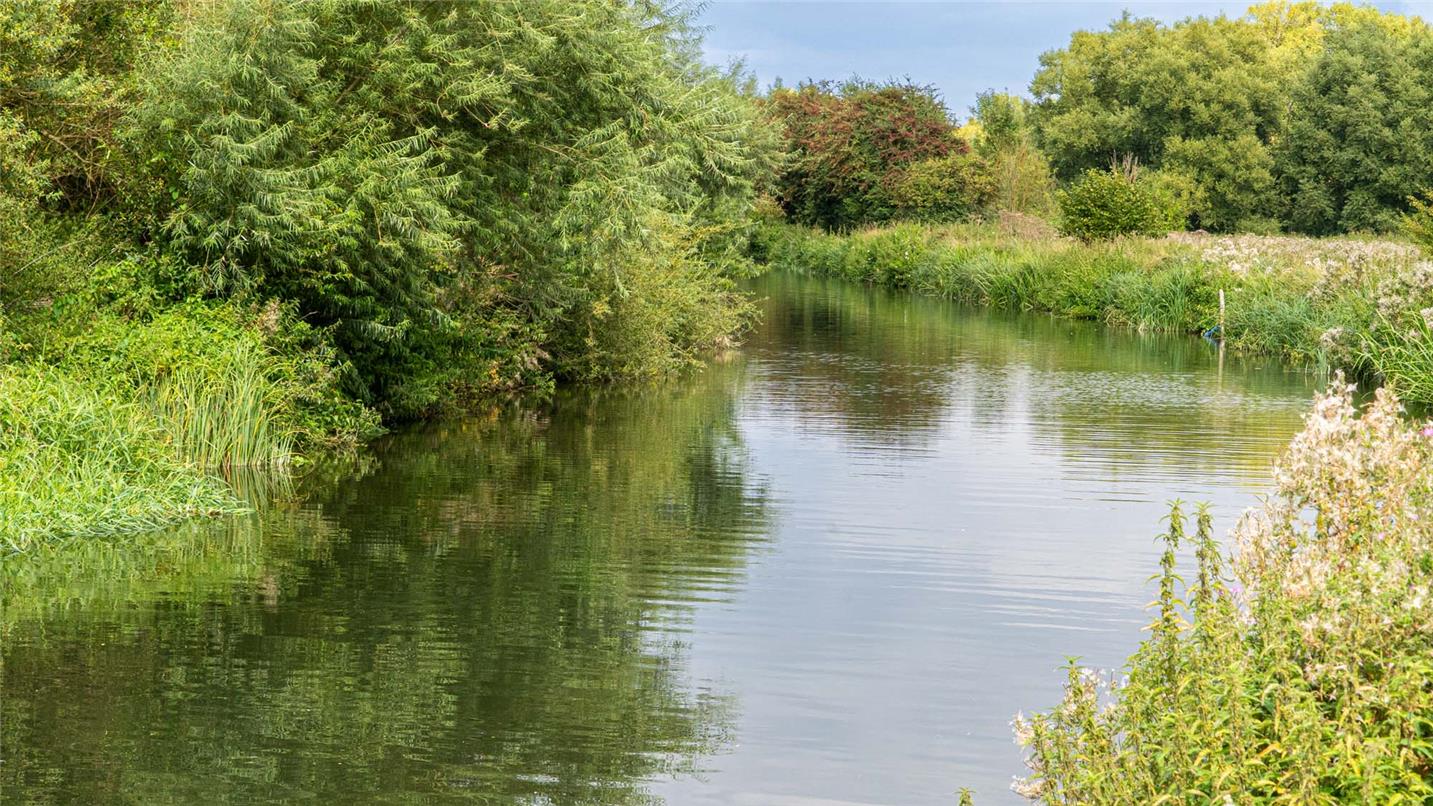Understanding antimicrobial resistance in wastewater
SUEZ’s role in national sampling
 The water industry selected ten wastewater treatment works across England and Wales, one from each water company region. The sites chosen each employ different methods of biological treatment so that comparisons can be made with regards to the prevalence of AMR genes. Understanding which processes promote or inhibit resistance is important for future mitigation measures.
The water industry selected ten wastewater treatment works across England and Wales, one from each water company region. The sites chosen each employ different methods of biological treatment so that comparisons can be made with regards to the prevalence of AMR genes. Understanding which processes promote or inhibit resistance is important for future mitigation measures.
The objectives of the investigation are to quantify the presence of AMR genes in incoming sewage and in treated effluent being discharged, to understand whether these genes are bolstered or diminished during biological treatment, to monitor the impact of sewage-borne substances on the receiving watercourse, and to measure the concentration of substances within biosolids destined for use in agriculture. This requires SUEZ to take composite samples from the crude influent and final effluent of the works, samples of sludge or biosolids produced at the works, as well as spot samples of river water and sediment, upstream and downstream of the discharge point. All ten sites are visited within a two-month period, and this cycle is repeated six times within a year.
Practical challenges and fieldwork solutions
 Before any sampling could begin, all ten sites were surveyed by SUEZ to identify suitable locations on the treatment works for installing refrigerated sampling machines and, more pertinently, accessible locations for obtaining samples of river water and sediment. This exercise brought SUEZ survey staff into contact with local farmers, boat yard owners, amusement park operators, and golf course staff. Upon learning the admirable intentions of the programme, all were keen to help out by granting access to their stretch of river.
Before any sampling could begin, all ten sites were surveyed by SUEZ to identify suitable locations on the treatment works for installing refrigerated sampling machines and, more pertinently, accessible locations for obtaining samples of river water and sediment. This exercise brought SUEZ survey staff into contact with local farmers, boat yard owners, amusement park operators, and golf course staff. Upon learning the admirable intentions of the programme, all were keen to help out by granting access to their stretch of river.
The sampling programme is being managed by Ryan Tonge, one of the Project Managers at SUEZ’s Wakefield division, and undertaken by a dedicated team of SUEZ Sampling Technicians. SUEZ teams use specialist sampling equipment to obtain samples of river sediment. If this is not possible due to the composition of the riverbed, biofilm is scrubbed from stones using improvised abrasive tools, otherwise known as toothbrushes. Sites are visited over a two or three day period, depending on proximity to Wakefield, with samples either being dropped at an ALS Laboratories location at the end of the day or preserved overnight in mobile freezers which are powered by leisure batteries. Frozen samples are temporarily stored at SUEZ premises in Wakefield before being transported to UKCEH for analysis.
Results of the investigative programme will be published in an UKWIR report by 2030. Findings will be used to inform future research and control measures with AMR in mind.
Acknowledgements
SUEZ would like to acknowledge the contributions of the other collaborators on the project:
| UK CEH
Dr. Daniel Read – Associate Science Director Dr. Holly Tipper – Senior Molecular Microbiologist Dr. Gloria dos Santos Pereira – Head of Centralised Chemistry |
University of Bath Prof. Barbara Kasprzyk-Hordern – Director of Centre of Excellence in Water-Based Early Warning Systems
ALS Laboratories Bjorn Nielsen – Principal Scientist, Microbiology |
